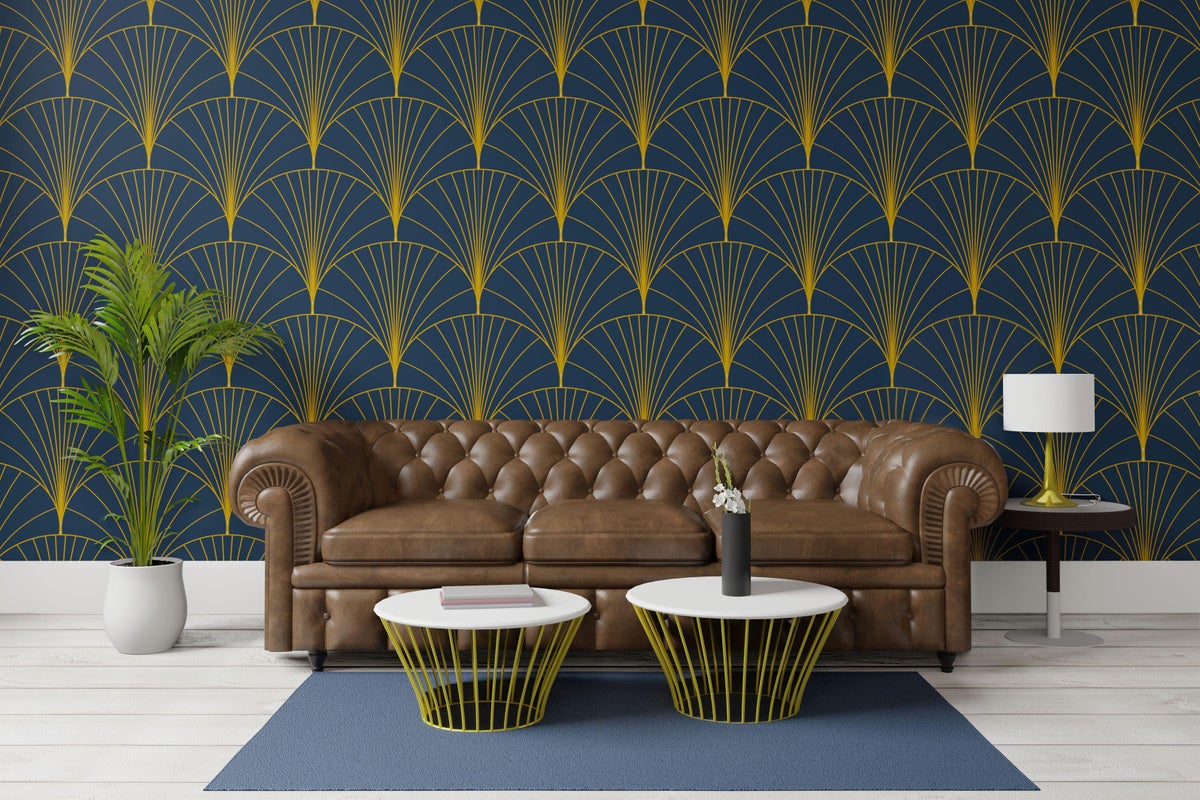The alignment of your star sign dictates your home aesthetic, challenging the very notion of personal choice and freedom in design, revealing a cosmic order that may outweigh your individual taste and preferences.
Astrology has long captivated the human imagination, creating a tapestry of beliefs that influence various aspects of life, including personal style, relationships, and even interior design. While skeptics dismiss astrology as mere superstition, those who embrace its philosophies often find profound meaning in how celestial bodies can affect personality traits and preferences. The end of the year heralds the transition from Sagittarius to Capricorn, presenting a unique opportunity to explore how these star signs can shape our approach to interior aesthetics.
Sagittarius, the ninth sign of the zodiac, spans from November 22 to December 21. Known for their adventurous spirit, Sagittarians are characterized by a love for exploration and a thirst for freedom. As such, their home aesthetic tends to lean toward eclecticism, characterized by bold colors, a mix of cultural influences, and an overall sense of wanderlust. They often favor open spaces that allow for flexibility and spontaneity, reflecting their dynamic nature. A Sagittarius’ home might feature travel memorabilia, vibrant artwork from various cultures, and furnishings that encourage movement and social interaction.
Capricorn, on the other hand, occupies the period from December 22 to January 19. This earth sign is associated with discipline, responsibility, and a strong sense of tradition. Capricorns are pragmatic and often prefer a more structured and refined interior aesthetic. Their homes reflect their values of stability and order, often incorporating classic design elements, neutral color palettes, and high-quality materials. The Capricorn aesthetic is typically characterized by a blend of timeless sophistication and functionality, where every piece serves a purpose, echoing their practical nature.
The juxtaposition of these two signs highlights a broader conversation about the roles of individual agency and predetermined traits in shaping personal environments. When discussing home aesthetics, we often think of personal choice as a reflection of individual taste. However, the influence of astrological sign can challenge this notion, prompting discussions around preordained characteristics versus the desire for personal expression. The aesthetic choices of Sagittarians and Capricorns serve as a microcosm of this larger debate, revealing how deeply engrained traits can dictate seemingly personal decisions.
The Sagittarius aesthetic embraces a carefree attitude, often opting for an informal layout that encourages gatherings and socialization. These homes may be filled with vibrant textiles, fun patterns, and an array of furniture styles that defy conventional norms. Sagittarians may also gravitate towards DIY projects and upcycling, integrating a sense of creativity and resourcefulness into their interiors. The use of plants and natural elements often features prominently in a Sagittarius home, fostering a connection to the outdoors and reflecting their adventurous spirit.
Conversely, the Capricorn aesthetic leans heavily on the idea of legacy and longevity. Capricorns often invest in timeless pieces that can withstand the test of time, both in terms of style and durability. Their homes may feature an understated elegance, favoring muted colors and classic lines that exude a sense of calm and stability. Capricorns tend to appreciate craftsmanship and may seek artisanal pieces that carry a story, thus blending practicality with emotional resonance.
Astrological influences extend beyond mere aesthetics; they can also shape the function of a space. For instance, a Sagittarius may prioritize an open floor plan that promotes social interaction, while a Capricorn might favor defined areas that serve specific purposes. This distinction reflects their differing priorities: where Sagittarians seek connection and spontaneity, Capricorns value structure and utility. The arrangement of furniture, the selection of decor, and even the organization of space can be significantly informed by these astrological traits.
Moreover, the influence of astrology on interior design raises questions about consumerism and the ethics of design. As individuals increasingly look to astrology as a guide, the market has responded with a plethora of products tailored to different star signs. This trend may lead to a homogenization of style, where personal taste is overshadowed by astrological branding. For instance, retailers might market specific colors, materials, or decor styles as “Sagittarius-friendly” or “Capricorn-approved,” potentially reducing the diversity of individual expression in favor of a more commercialized aesthetic driven by astrology.
The growing trend of astrological influence in design also opens the door for deeper conversations about identity and societal norms. As individuals seek to define themselves through their spaces, the interplay between astrology and design reflects broader themes of self-expression, community, and belonging. The decision to align one’s home aesthetic with astrological identity can be seen as a rejection of traditional norms, embracing instead a more fluid and personalized approach to home decor. This phenomenon invites individuals to engage with their identities in nuanced ways, potentially leading to a greater understanding of themselves and their place in the world.
As we navigate this complex landscape of astrological influence and interior design, it is essential to recognize the inherent tensions between individual choice and predetermined characteristics. While some may feel empowered by the guidance of their star sign, others may view this as a limitation on personal freedom. The ongoing debate surrounding astrological influence in design reflects broader societal discussions about the nature of self, authenticity, and the extent to which external factors shape our decisions.
Ultimately, the end-of-year transition from Sagittarius to Capricorn provides a rich lens through which to examine our relationships with our homes and ourselves. As individuals reflect on their personal aesthetics, the lessons of these two signs can offer valuable insights into the ways our environments can embody and express our values, aspirations, and identities. In a world where personal choice is often celebrated, the alignment of one’s home with the characteristics of their astrological sign challenges us to consider the deeper forces at play in shaping our environments, prompting a more profound exploration of identity and expression.

